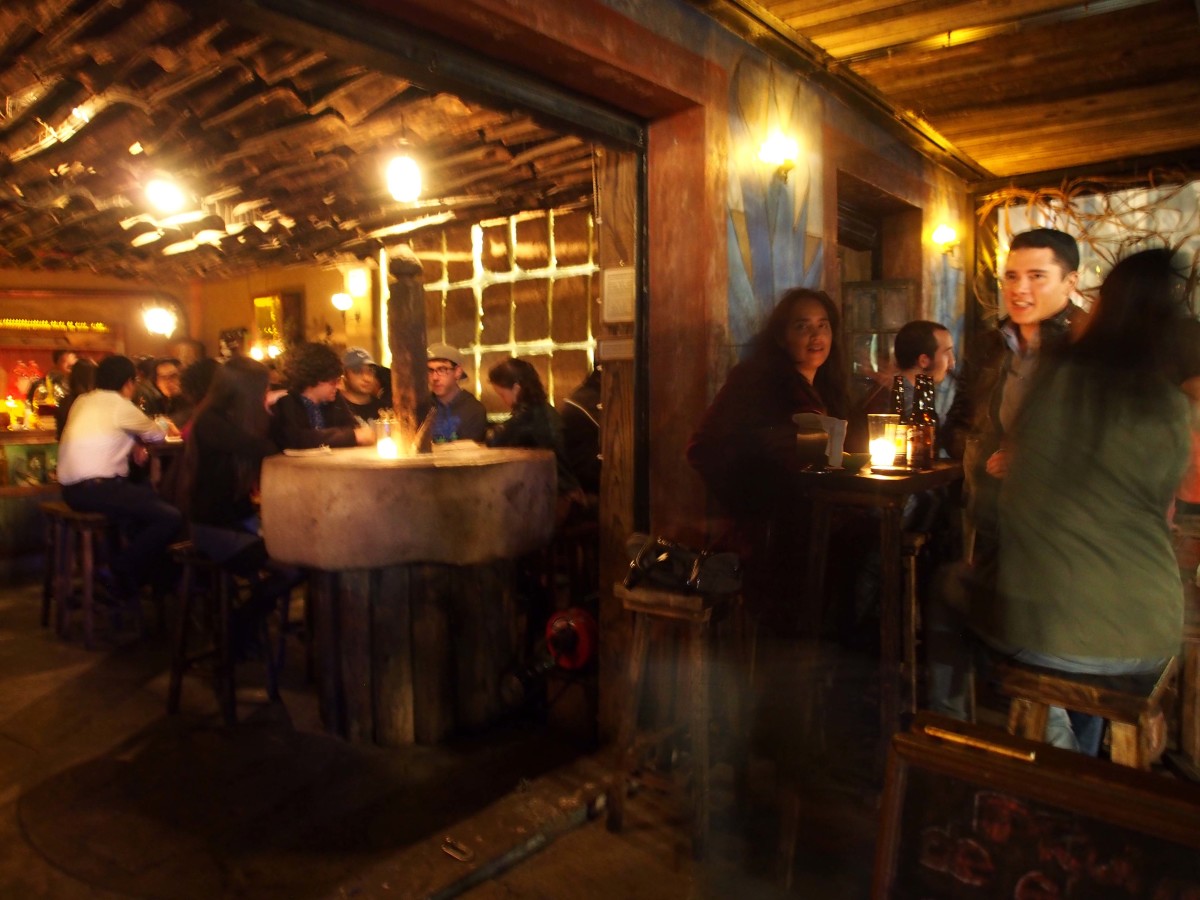Instagram, the public platform for sharing pictorial details of one’s life, and a place to show off financial and social clout through food pictures, is a perfect source for sussing out who are the people and why they are eating Singapore Noodles. To date, there are over 5000 images hash-tagged “Singaporenoodles.” Even though the application is not an accurate representation of the larger real world, the sample size is sufficient to reveal patterns of consumption. Here are my observations:
Update 1/7/2019: I went through another 117 posts dated between 18 and 28 June 2019 to find out if any of these observations (done in August 2015) has changed. I will be presenting my research on Singapore Noodles at the National Museum of Singapore in the coming August so an update is necessary.
Mostly Caucasians
An estimated 80 percent of those who hash-tagged “Singaporenoodles” are Caucasians. Race is important here because it gives us an idea of where this dish has travelled to and to whom it appeals. It looks like the majority of those who enjoy this noodles are not the Asian immigrants but the locals in the Western countries. Another way to explain this is that the Caucasians are more likely to find the noodles Instagram-worthy, because eating Asian, a cuisine outside their comfort zone, suggests that they are adventurous and sophisticated.
Update 1/7/2019: Of the 117 posts, 45 are by Instagrammers who provide an image of themselves in their profile. Most of these 45 people are presumably Caucasians, based on their self-introduction, skin colour, and last name. 9 of them are Asians, mostly Indians, and a couple of Chinese and one Korean. At least half of these Asians reside in the UK or US when they posted the image. It seems that Singapore Noodles is still popular among the Caucasians, although Asians living in cities that are predominantly white are increasingly eating this dish too. There are a handful of Africans and Hispanic people behind these pictures too.









